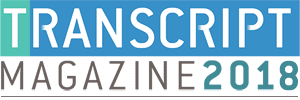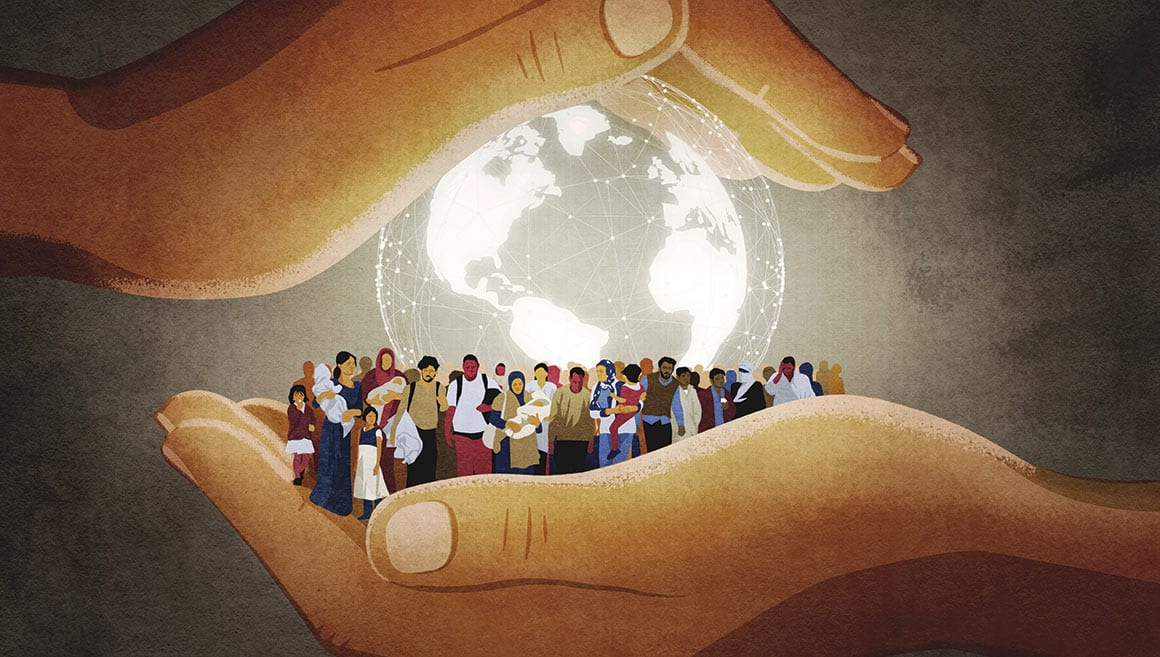
The International Human Rights Law Clinic and the Human Rights Center make their mark from Berkeley to Bangladesh.
By Michael Bazeley
Ethnic cleansing in Bosnia. Genocide in Rwanda. A new international court to handle war crimes. Human rights issues—both horrific and hopeful—thrust themselves onto the world stage during the 1990s.
But in the human rights space, Berkeley Law did not yet have a voice.
“The world found itself in a situation with multiple entry points for the international human rights movement, a feeling that there was so much to do,’’ says Patty Blum, then a professor at the law school who had been working on various refugee issues. “But Berkeley was behind the times.’’
That all changed in 1998, when Blum and Eric Stover, the new director of the campus Human Rights Center, created the International Human Rights Law Clinic. Now, two decades later, Berkeley Law is seen as a leader, not a follower.
Using interdisciplinary research and innovative technology, the IHRLC and HRC were among the first efforts of their kind on an American university campus, and are often at the forefront of human rights activities. Together and separately, they fight on behalf of victims of political violence. Against genocide and torture. And for equal treatment under the law for marginalized communities.
The two typically confront human rights issues from different angles—the clinic through litigation, policy recommendations, and advocacy; the center through research and science-based investigations.
The emergence of the clinic and center as meaningful players in human rights did not happen overnight. Blum had been devoted to refugee issues for years. But it wasn’t until a “perfect storm of energy” in the 1990s—including Blum’s work, a push by then-Dean Herma Hill Kay to jumpstart a clinical program, and a growing number of Berkeley Law graduates dispersed among human rights organizations— provided the right synergy.
In fact, it was a law school alumnus who steered the clinic to its first case— the plight of Haitian descendants living in the Dominican Republic who were being denied the rights of other citizens— including buying property or going to school. Led by then staff attorney Laurel E. Fletcher, the clinic carried the grievances of two Haitian girls to the Inter-American Court of Human Rights, which eventually ordered the Dominican government to recognize their nationality.
“I was always surprised because it felt like we were such a small program, so you tend to think, ‘What can we do?’’’ says Fletcher, now the clinic’s co-director and a clinical professor of law. “I’ve been amazed at how much we’ve been able to accomplish.”
While the clinic was finding its sea legs, HRC (started a few years earlier at the Townsend Center on campus) had begun shaping a different mission— using research and scientific methods to investigate serious human rights violations and war crimes.
Global Investigators
That focus came from faculty director Stover, who had already built a life’s work out of war crime investigations in Rwanda, Argentina, Guatemala, and Iraq. Stover joined HRC in 1996, soon after leading international forensic teams on exhumations of mass graves in Bosnia and Croatia, collecting evidence that eventually made its way to the International Criminal Tribunal for the former Yugoslavia.
“In human rights work up to that point, lawyers predominated in these investigations,” Stover explains. “But I was able to draw on the empirical methods of scientists and health professionals and apply them to human rights and war crimes investigations. And I brought these methods to Berkeley.’’
That type of work still defines the center nearly 25 years later.
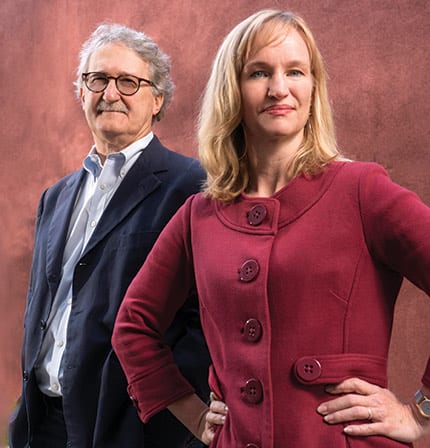
In March 2017, barrels filled with lethal sarin gas fell from the sky onto Syria’s Latamna Surgical Hospital. There was sparse media coverage of the strike in the rural Al-Lataminah village, which the Syrian army had already purportedly bombarded with chlorine gas.
At the center’s Human Rights Investigations Lab, students began collecting social media footage of the aftermath, digital information (including photos of retreating helicopters and detonated bombs) they hope lawyers can use to prosecute war criminals and other perpetrators of human rights violations.
“There’s no other place I can do this,” says Andrea Trewinnard ’19, who coordinated the Al-Lataminah project. “We’re using findings in an empowering way.”
Such fact-gathering—using photos, videos, and other information posted on the Internet—heralds a new era in war crime investigations. But the law has not caught up with these methods. One of the center’s key projects is pressing for shared international standards for gathering, handling, and preserving open-source evidence, and then presenting it in courts.
Other HRC areas of focus include promoting the health and protection of marginalized populations affected by humanitarian crises, and promoting accountability for sexual violence amid political unrest and armed conflicts. The center’s early sexual violence research work took place in Kenya, Liberia, Sierra Leone, and Uganda.
More recently, HRC contributed to the landmark conviction of former Chad dictator Hissène Habré for sexual violence and has been studying how to protect refugees from gender-based violence as they travel through Central America.
In its work, the center has collaborated with leading human rights organizations, doctors, forensic experts, and investigative journalists.
“There’s a growing realization that human rights can no longer be treated as a siloed area of practice,” says HRC Executive Director Alexa Koenig Ph.D. ’13, co-founder of the investigations lab and a leading voice on technology use in human rights investigations. “Given the rise of nationalism and authoritarianism, both of which are inherently antagonistic to individual rights, you’re beginning to see a groundswell of engagement in ways that I haven’t seen since I started in this field 15 years ago.”
Advocating for Accountability
The clinic, meanwhile, has built on its mission of documenting human rights abuses, increasing accountability, and training students by enlisting them to provide justice to victims of the most serious violations. That work takes it to far corners of the globe—and close to home.
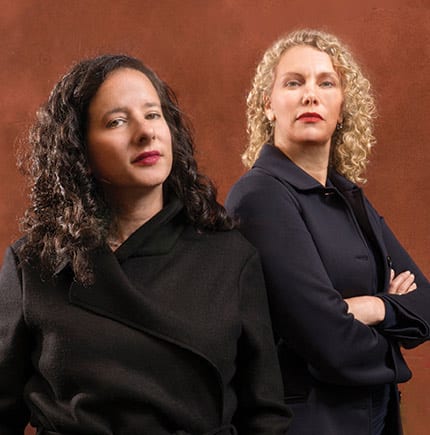
In 2010, the clinic authored a report calling on the U.S. to reform policies and practices for when it brings Colombian warlords to the U.S. on drug trafficking charges. The report showed how the extraditions undermined attempts to hold the warlords and others accountable for corruption and human rights abuses in their homeland. The work won coverage in the The New York Times.
Years later, after Honduran environmental activist Berta Cáceres was killed in her hometown, the clinic’s co-director Roxanna Altholz ’99 traveled to the Central American country to help investigate. Cáceres had been leading opposition to the Agua Zarca hydroelectric dam being built on the Gualcarque River, which sits on indigenous Lenca land. Her murder was highly suspicious. Altholz and the international legal team she joined released a report that implicated company officials and revealed corruption and abuse of authority by state actors.
Back in the U.S., the clinic has found no shortage of issues to tackle. Domestic work has confronted immigration, employment rights, and access to clean water.
In 2012, the clinic took the lead in coordinating the legal support component of UC Berkeley’s Undocumented Student Program, the first anywhere to provide comprehensive support services to students who lack legal status in the U.S. Clinic students supplied information about immigration law, held weekly office hours to consult with individuals, and placed cases with pro bono attorneys. Because of that work, Fletcher says, similar support services are now available throughout the university system.
Other ongoing initiatives advance racial justice and include a report on the impact of unsolved homicides among African Americans in Oakland.
Student Work
From the very beginning, their teaching missions mean both the HRC and IHRLC have leaned heavily on students. The hands-on work is crucial, whether students are gathering facts in the field or helping craft legal briefs. At the clinic, students litigate before national and international judicial forums, contribute to studies, work on policy analysis, and help draft statutes and standards.
Altholz says she sees students go through a “transformation” as they begin to realize what they and the law can accomplish.
“We try to give a supportive environment [for students] to be risk-takers,” she says, “We want to teach students what challenges look like in a professional context. They will find skills and knowledge that are transferable to any line of work they do.”
Lucero Chavez ’10 parlayed her clinic experience into positions with the ACLU of Southern California and Public Counsel in Los Angeles, where she has represented unaccompanied migrant children seeking residency in the U.S.
While a student, Chavez helped gather forensic and documentary evidence that pointed to government participation in “forced disappearances” during the Guatemalan civil war of 1960-96. She also visited the country to solicit witness statements.
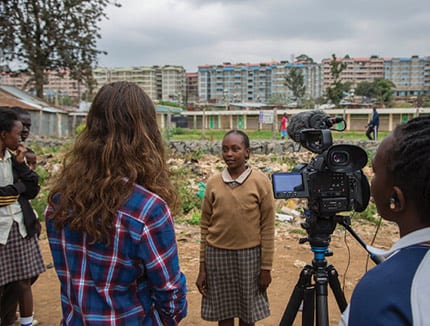
“Only by being on the ground and seeing archives of previously hidden government documents could I understand the depth of government corruption,” Chavez says. “Reading about it in a casebook would not have been enough.”
At the HRC, its fellowship program has been integral to the center’s mission from the start. More than 300 fellows have walked through its doors over the years. Last year, the work of fellows spanned 10 countries, including nomadic herders in Mongolia displaced by climate change, Central American migrants on Mexico’s southern border, and Syrians in Berlin documenting attacks on hospitals.
The center’s investigations lab trains more than 80 students a semester—from a variety of majors—to find, analyze, and verify online information and contribute to major human rights reports and investigative journalism pieces.
Stover says students have allowed HRC to offer services to clients that they might otherwise be unable to afford.
“It’s really because of the students that we can do this,’’ he says. “You give them the opportunity and they want to be engaged.’’
Collaborations
While the two entities often work separately, projects sometimes draw them together.
In 2003-04, Fletcher and Stover led the first university-based study of human trafficking in the United States. Findings influenced California’s first anti-trafficking law, passed in 2005.
Then in 2008, the duo co-authored Guantanamo and Its Aftermath, a searing report on U.S. detention and immigration practices and their impact on former detainees. Interviewing 50 key informants and 62 former detainees, they found that many of the latter group had lost homes, businesses, and assets, and that more than two-thirds suffered from residual psychological and emotional trauma. The report garnered notable media coverage.
“It’s nice because we have a doubled barrel approach,’’ Stover says. “We complement each other.”
New Challenges
While they can savor hard-won victories, the clinic and center are continually leaning in against a tornado of abuses. That’s been particularly true in the last decade or so, as the U.S. and other countries have adopted a more cavalier attitude toward human rights, often in the name of national security.
“Historically, the United States has been such a symbolic leader in the human rights space,” Koenig notes. “9/11 really was a bit of a turning point, with the willingness to compromise in the treatment of different populations. That’s deeply problematic.”
Under the Trump administration, the U.S. has begun a retreat from multilateralism and international alliances, historically critical for holding bad actors accountable. Earlier this year, the U.S. pulled out of the United Nations Human Rights Council. Officials called the council an ineffective “cesspool of political bias.” But some advocates worried the decision reflects a broader U.S. antipathy toward the U.N.
From Fletcher’s vantage point, the move exacerbates what is already a “corrosion” of consensus about how the international community should respond to crimes around the globe, such as in Syria. This lack of accord emboldens human rights criminals, who now believe they can act with impunity.
“I think the problem is when the U.S. pulls out of the room, it’s not as if the world holds constant,’’ Fletcher says. “It’s eroding institutions. It’s hollowing them out from within.”
Despair is not an option, though.
Some of the clinic’s most important work remains supporting “front-line” human rights defenders who are pushing for change in their communities.
“I’m emotionally touched every day of my job,’’ Altholz says. “But at the end of the day, I feel extraordinarily honored. I’m not a bystander to history.’’
